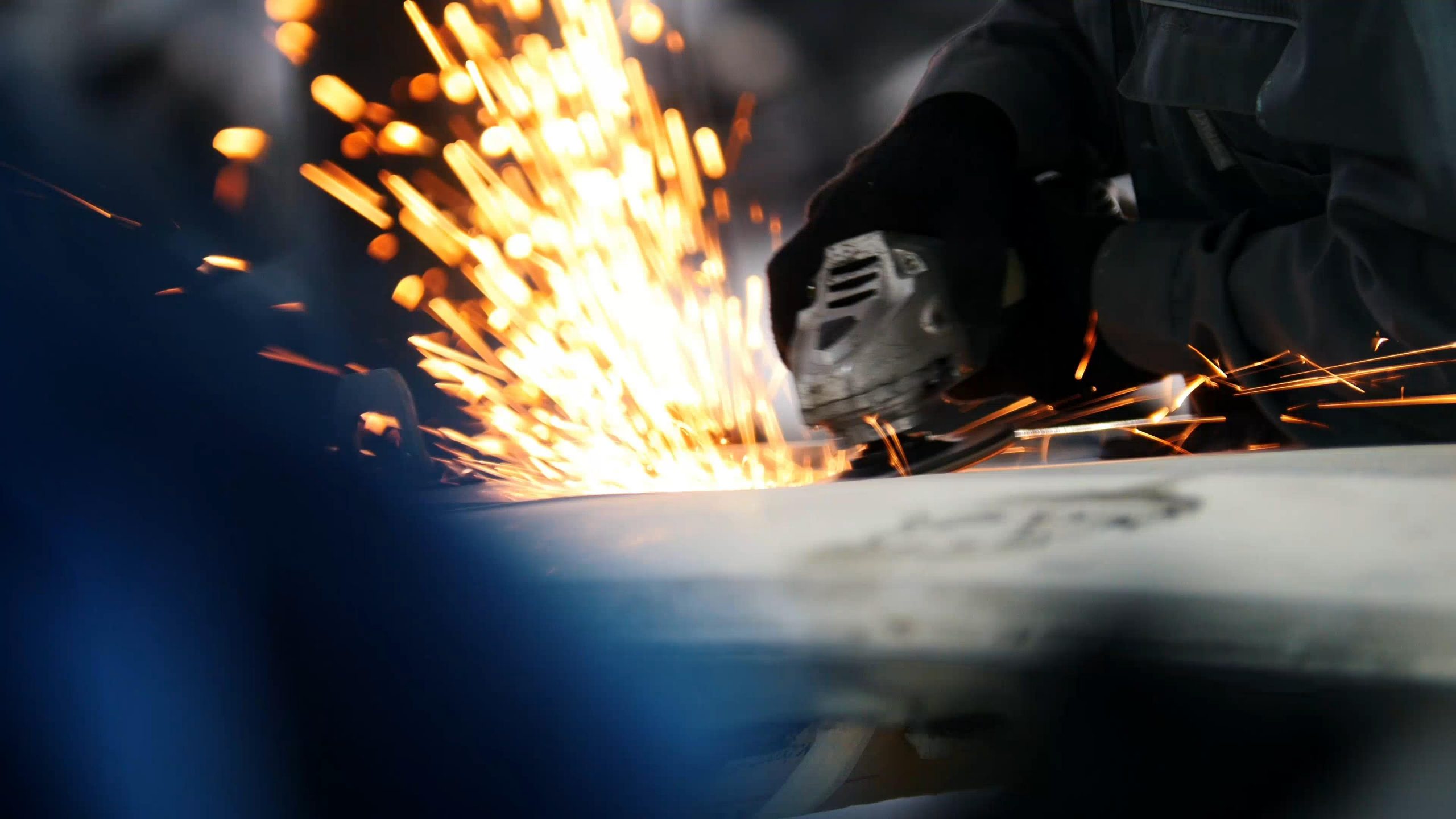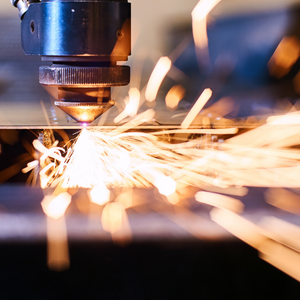- 01562744788
- enquiries@central-profiles.co.uk
- Mon - Fri: 8am - 5pm

 Here at Central Profiles, we are proud to offer both MIG and TIG welding to our customers, to ensure we have the right techniques to suit exactly what our customers require. We feel that the two methods of welding, namely TIG and MIG welding produce superior results depending on the kind of job and materials that need bonding together. With a full spectrum of equipment, as well as a skilled team of welders to produce the best results, we are confident that we can cater to any job, big or small.
Here at Central Profiles, we are proud to offer both MIG and TIG welding to our customers, to ensure we have the right techniques to suit exactly what our customers require. We feel that the two methods of welding, namely TIG and MIG welding produce superior results depending on the kind of job and materials that need bonding together. With a full spectrum of equipment, as well as a skilled team of welders to produce the best results, we are confident that we can cater to any job, big or small.
We are able to advise on the best kind of welding for your particular project, and while we never compromise on quality, we can give a varied service, to ensure it is always cost effective. For example, if you need a welding job that involves detailed precision on smaller or thinner pieces of metal, we will offer you the welding process that will get the results your need, while for bigger thicker materials that require a strong bond performed in an efficient way, we have the methods available to suit these needs also. To understand what this means in terms of the MIG and TIG welding processes we offer, we will give a brief explanation as to what these methods entail, and why they suit certain jobs better than others.
What is MIG welding? Well as the subheading suggests it is a process of using an extra third element to bind two other materials together. You can think of MIG welding in much the same way as when you use a tube of superglue to join two pieces of paper together. However, with any kind of welding, to make the metal soft enough to be fused, heat must be applied. This is done by using an electrode that conducts electricity to create an arc. This arc can jump from metal to metal, heating all of the components up considerably.
As most metal requires extremely high temperatures to be joined, using a third element to join larger pieces of metal together is a more efficient method than trying to heat up the two pieces to get them to bond. As this technique is usually used when there is no need for precision or more delicate and tidy finished work, you will usually find that the third component used for MIG welding can be seen on inspection once the work has cooled. By creating a closed circuit, and supplying gas to the materials being worked on, you can create a superior weld, that will stand the test of use and time when it cools.
What is TIG? Unlike MIG welding, the tungsten electrode that creates the closed-circuit does not melt the two metal pieces that require joining. Instead, the tungsten is used simply as the means to heat up the two materials, to blend them together. This is ideal if you have detailed work, or fine thinner materials that need joining, perhaps with some decorative aspects to them. This process takes a bit longer to ensure the item has the level of detailed quality and work that you are after.
This process is also more controlled as our welders use a pedal to provide exact control of the equipment. Once again, the gas element that is fed through the equipment, ensures your metals with not lose the strong and resilient properties you need them for, during the welding process. Now that you have been made aware of the MIG and TIG differences during these processes, you will have a better understanding of what we can do for you, here at Central Profiles.
For more information, please contact us today.
We started out in 1999 and have grown continually through an ongoing investment in machinery, software and people, even during the downturn.
© 2021 Central Profiles. All Rights Reserved. Website by Freestart Digital
